I am shortly to give an interview about my working life as a gardener, my blog , five favourite plants,a single tool and a book. It truly has been quite an interesting couple of weeks working out my choices. To aid with the preparation for this talk , I thought writing a blog would help me to work out what I would like to say, and keep me on track during the talk. So here goes
I really wasn’t particularly interested in gardening until I bought my first home in the late 1990’s. A mid terrace in Wolverhampton, with a garden full of plants that needed looking after. I was instantly fascinated in finding out what everything was, and so began my interest in gardening.
At the time I working as a housing officer , and was given the opportunity to study for a Post Graduate Diploma in Landscape Architecture. Four years later , I became a horticultural officer for a Local Authority, where I worked with community groups and schools undertaking environmental and gardening projects. This was a great job, but after 3 years, I moved on, and found myself running a community garden. This found me working with community groups and schools , helping them to green up the often disused land around their projects. I then lectured in horticulture for several years , and eventually set up my own gardening business and I have been self employed for twenty years . My work these days finds me as a gardener, and as a member of the nursery team at the independent nursery – Wildgoose here in Shropshire. I have also recently started volunteering with “The crafty gardeners “ helping them propagate plants for sale. I enjoy also enjoy occasional floristry and garden design commissions . Putting all these elements together has provided me with a really enjoyable career in horticulture.
I have written over 260 gardening blogs, and I am presently, really enjoying writing an on going series about a garden on a new build site , where we utilise top soil as the growing medium. The link to this is Martin and Judy’s new garden.
I do consider my garden at home to be quite unusual in that it is hard paved and a reasonable amount of the planting has naturally self seeded in between the brick pavers . I particularly enjoy the design informality that this self seeding approach has created . Due to my fascination for propagation, I have grown the majority of my garden from seeds or cuttings , once they are garden ready, they are then planted into raised beds which are made from breeze blocks . My most recent blog about my garden is My garden – April 2024 which details how I started to design it ( 17 years ago ) and how it looks now.



The talk is about my five top plants , and the image below was my initial list. it took a great deal of thinking of how to get it down to five. My next blog will be about the plants that didn’t quite make it into my top five, as every plant on the list was a serious contender.

The way I set about making this decision was actually quite straightforward. In that, which plants would I enjoy the most , if they were planted en masse, rather than being a small element of a planted group. Also which plants have I photographed the most , and which plants are the most memorable to me .
My chosen five plants, really do have the capacity to make me want me to go and have a regular check on them as they are growing . This really helped as there are many plants that as much as I love their final structure and flower, I’m not out there inspecting them , as they head towards their flowering stage.
FAVOURITE PLANTS. In no particular order.
- Anemanthele lessoniana
When we moved here (seventeen years ago) the garden space was an empty yard, and we brought with us dozens of containers full of plants from our previous home . Amenanthele was the first ornamental grass that started to self seed around from its container , and out into the garden, or yarden as I use to call it. This was a planting design revelation, as this grass start to camaflague all the containers. I then started placing containers with flowering plants underneath this grass , such as salvias and dahlias . So, over time the garden started to feel like a designed space, rather than just a collection of containers with plants in. Once I realised this grass would self seed, there was no stopping me in finding other plants to join in. Carex testacea and Oryzopsis miliacea were sown , and have now been self seeding for years.



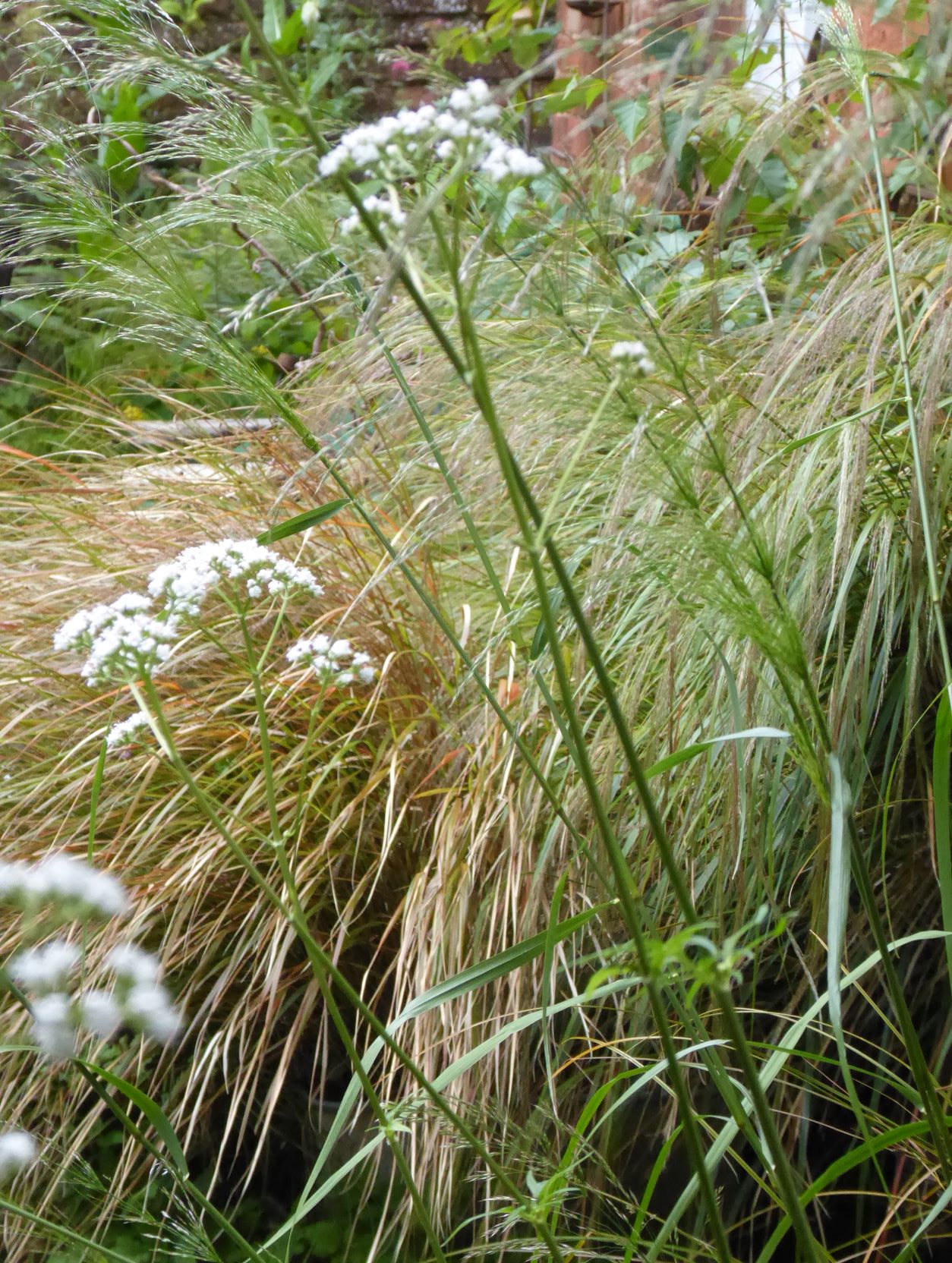


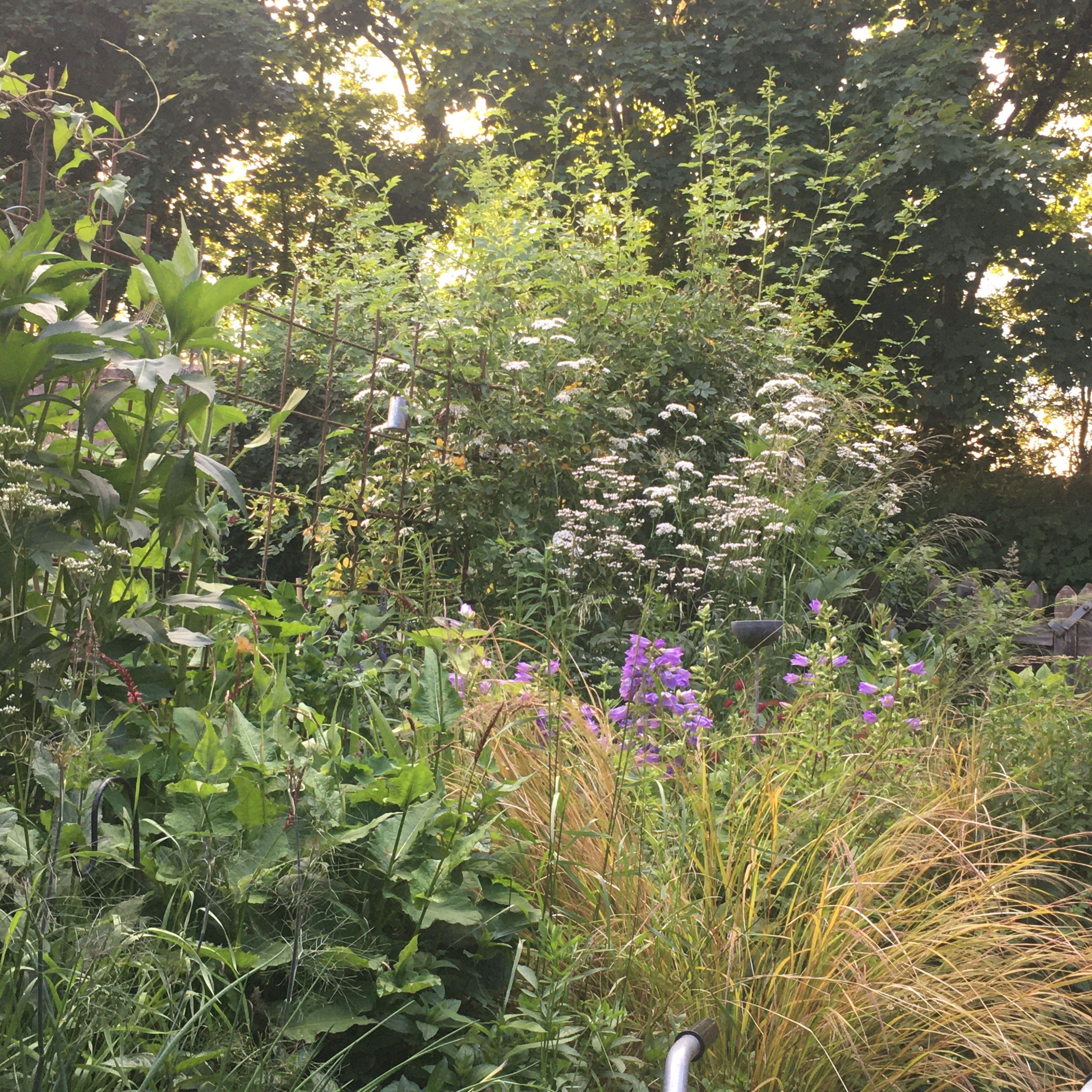
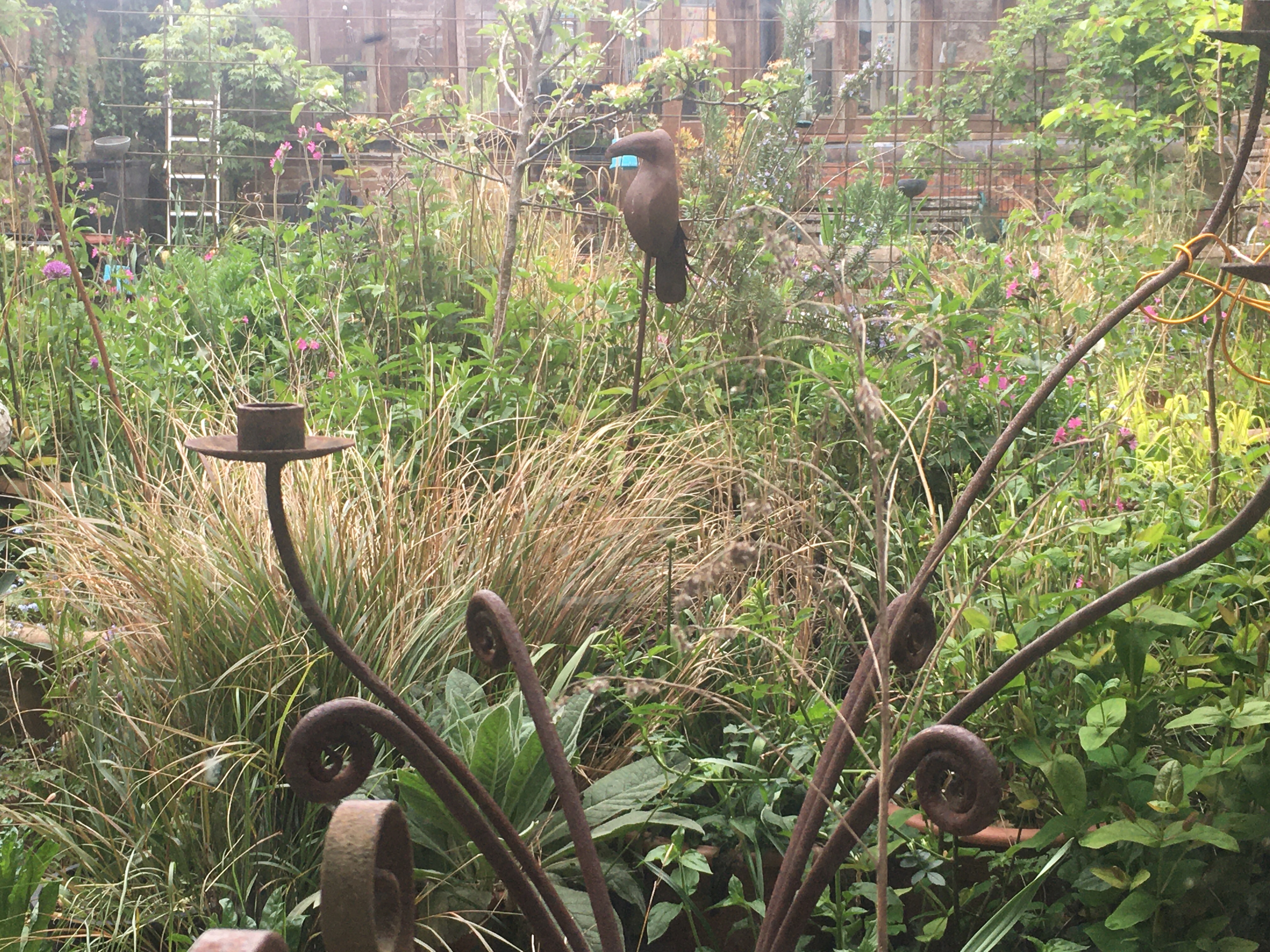
2. Tithonia rotundifolia The Torch.
While I was working at Wildegoose today, some slight panic set in , about my next choice. I knew from the outset , that this would definitely be one of my top five plants, but I was not quite sure how I could spend several minutes explaining why. Let’s just say It is a plant I grow every year , and I’m annoyed if I forget to as I like to thread it through the raised beds.
Tithonia has the most textural furry stem, it is quite outrageous in its colour. And I do check in on it regularly once planted . At times my garden is relatively green in summer, and Tithonia provides a great blast of colour, and it flowers over a relatively long period. It truly is a magnificent tender annual . Last year was one of the best for its flowering and height. My garden would definitely be lacking , if I failed to have it in flower, and that’s why it is included. As an extra bonus the flowers are often at eye height, I can check in on visiting bees. So maybe that is sufficient reason to know why it is one of my five . Another reason, might be the fact that I have so many images of it !
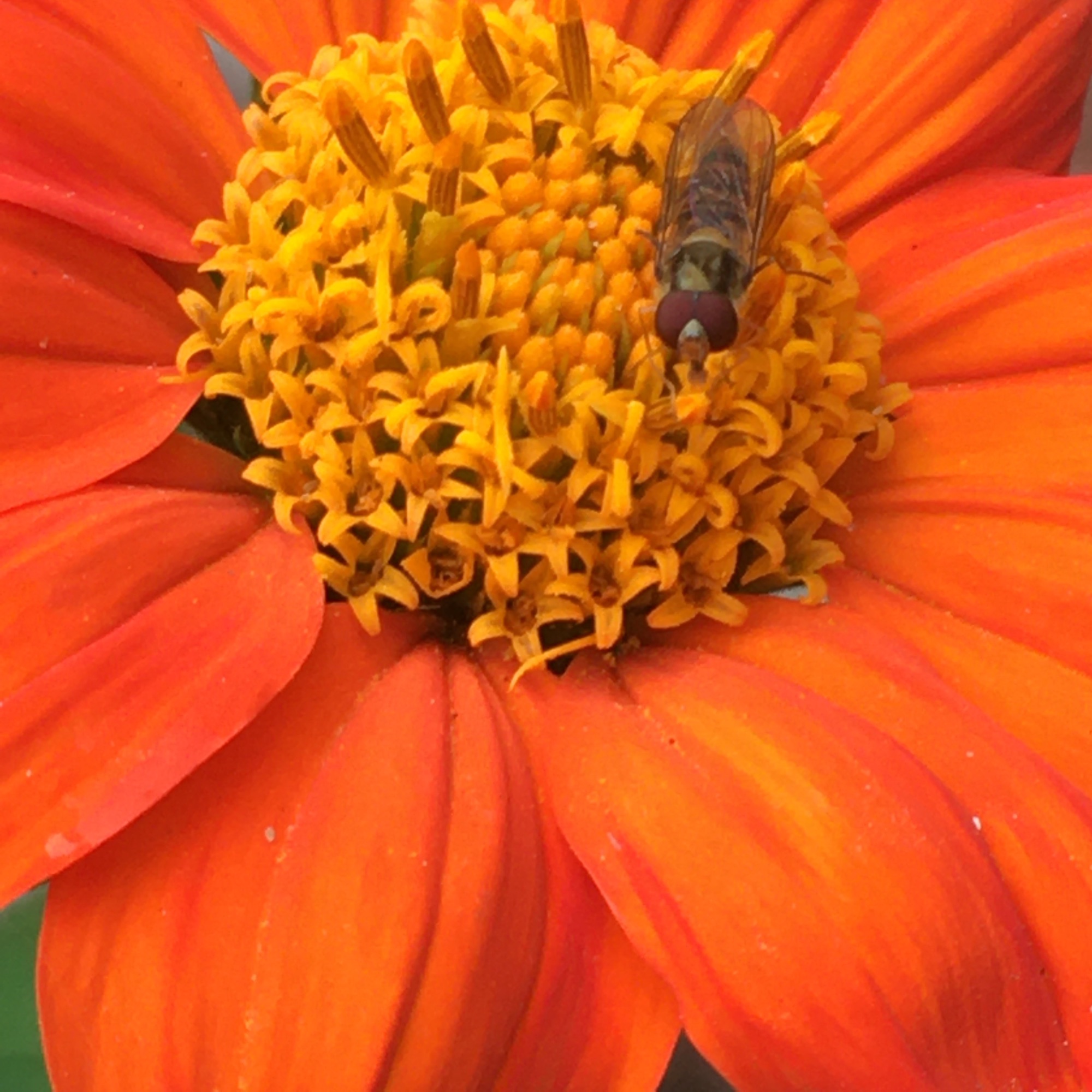
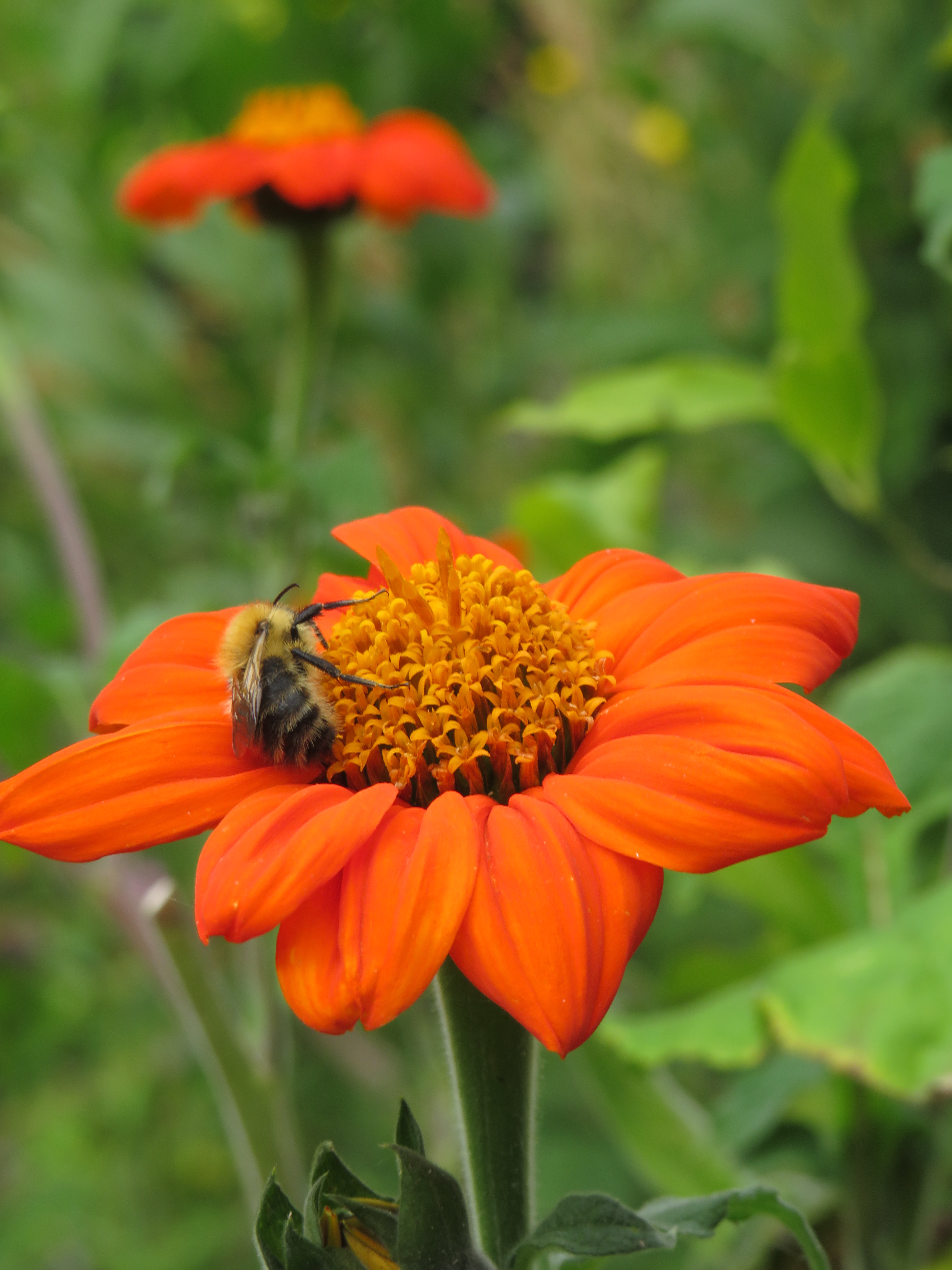
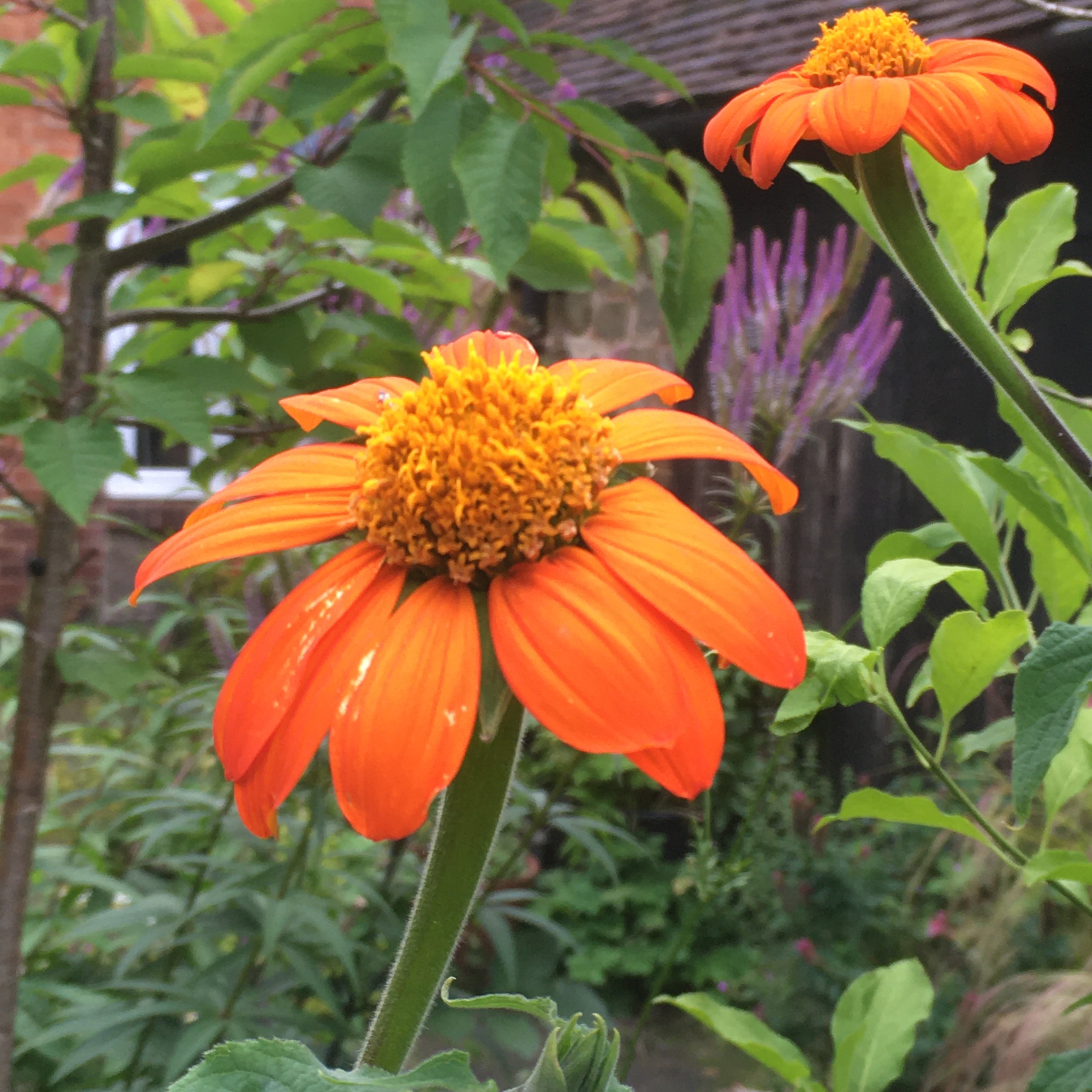

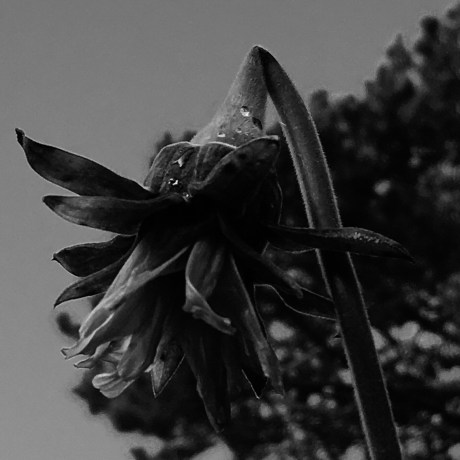
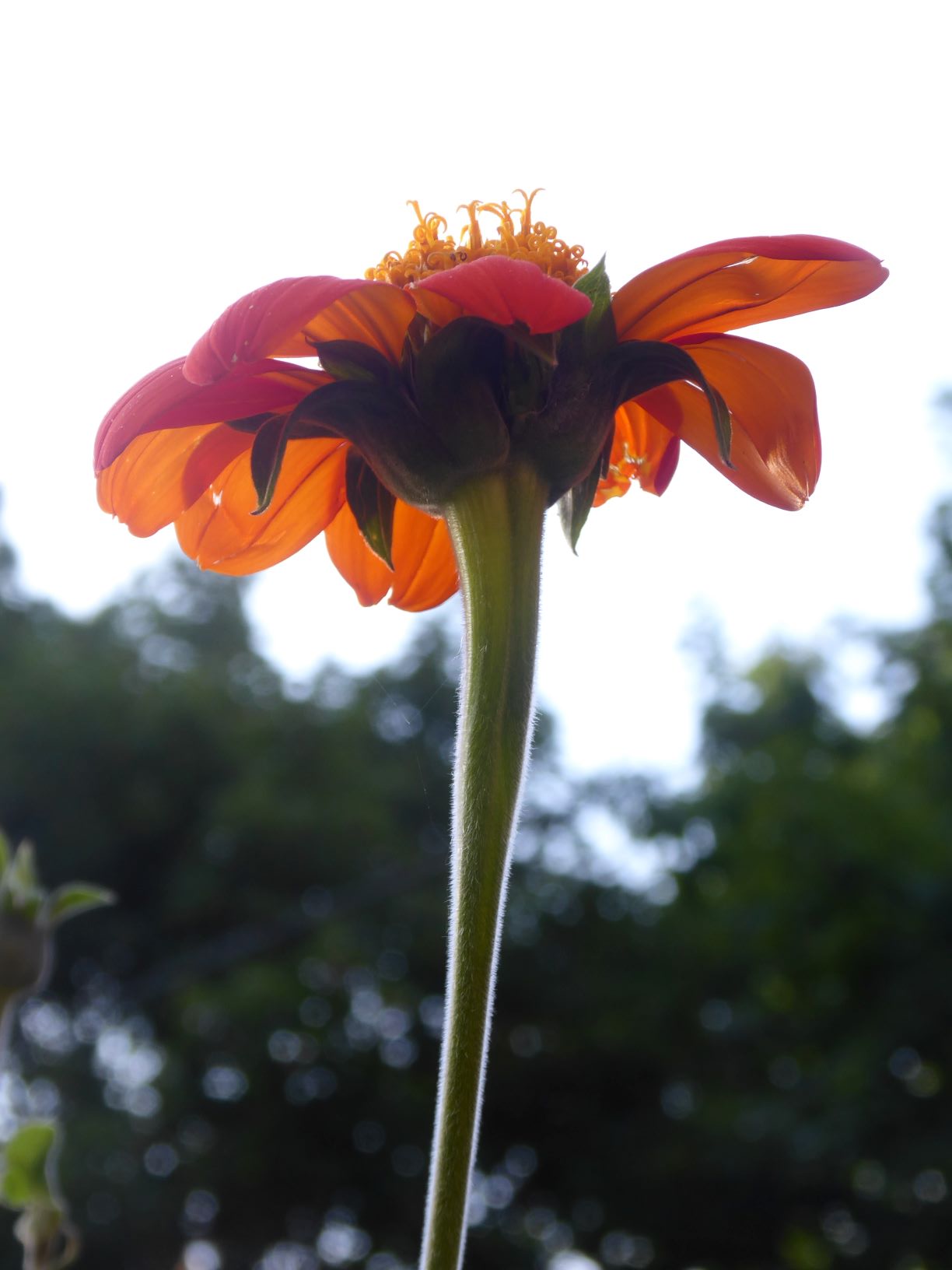


3. Cotinus Coggygria The smoke bush
This almost lost out to Magnolia Gold Star (an open branched tree, with delicate pale yellow primrose coloured stellata shaped flowers ) However Cotinus, made it onto the list owing to the following. Stunning deep purple foliage throughout spring and summer and tiny pale yellow flowers that develop in late summer which visually resemble billowing pale pink plumes of smoke ( which then become a darker purplish grey colour with age ) Another plus is that Cotinus has the most incredible autumnal colour .
Every year in late winter I truly look forward to pruning this shrub. I tend to prune it hard which then promotes really long stems, that take on gentle curves, which provide a dramatic winter structure in the garden .
Cotinus really has something of interest to offer all year round , so that is why it is in my top 5.
In one garden I use to work in, this shrub was planted with Perovskia and a yellow catmint ~ Nepeta govaniana . The deep purple foliage of the Cotinus against the delicate colours of the perovskia and yellow catmint really was sublime . I would go as far to say, this image ( see below) even though it is not the sharpest, is the most elegant collection of plants I have ever seen . And I don’t think you can say that very often about 3 plants . I would find myself checking in on this section of Geoffs garden on a weekly basis just to wait for the catmint to join in with its flowers to create this beautiful and quite perfect colour balance . So, put all of this together and that’s why it is in my top 5 .



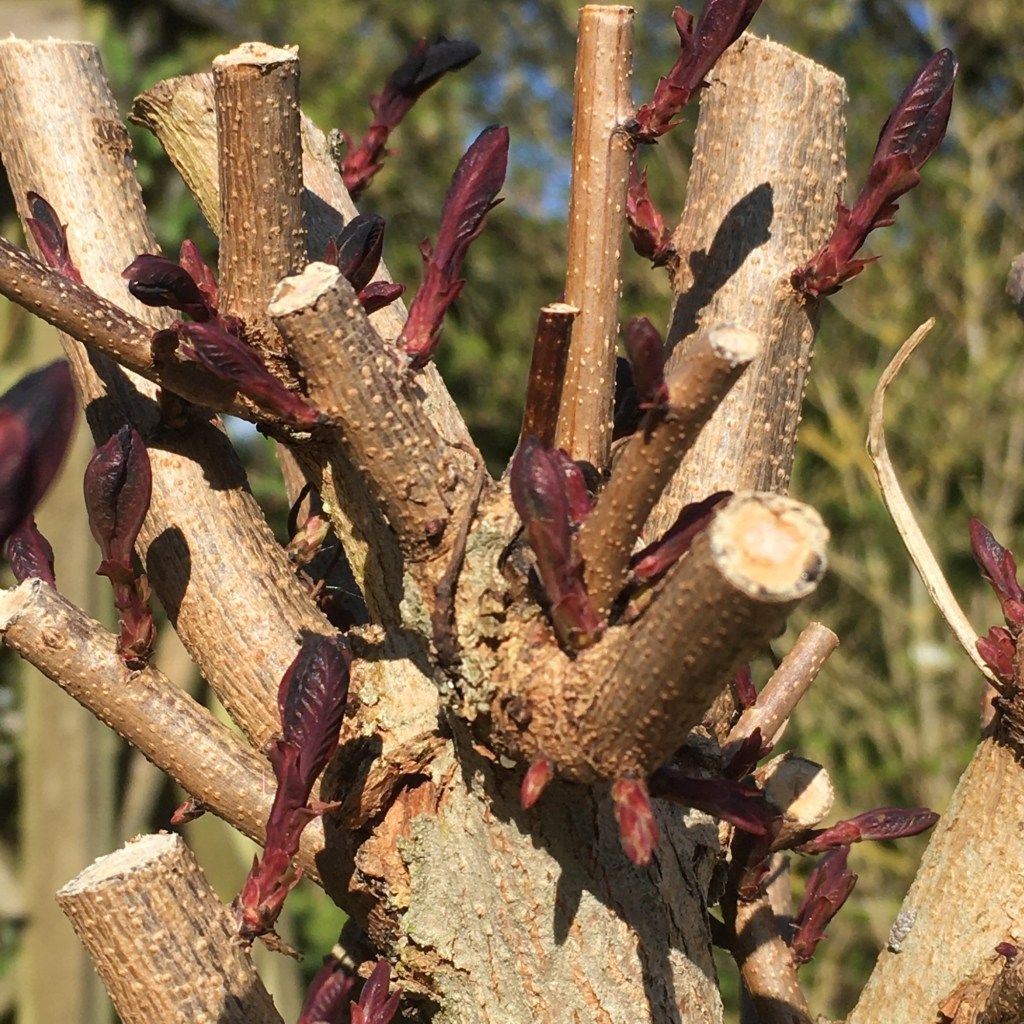




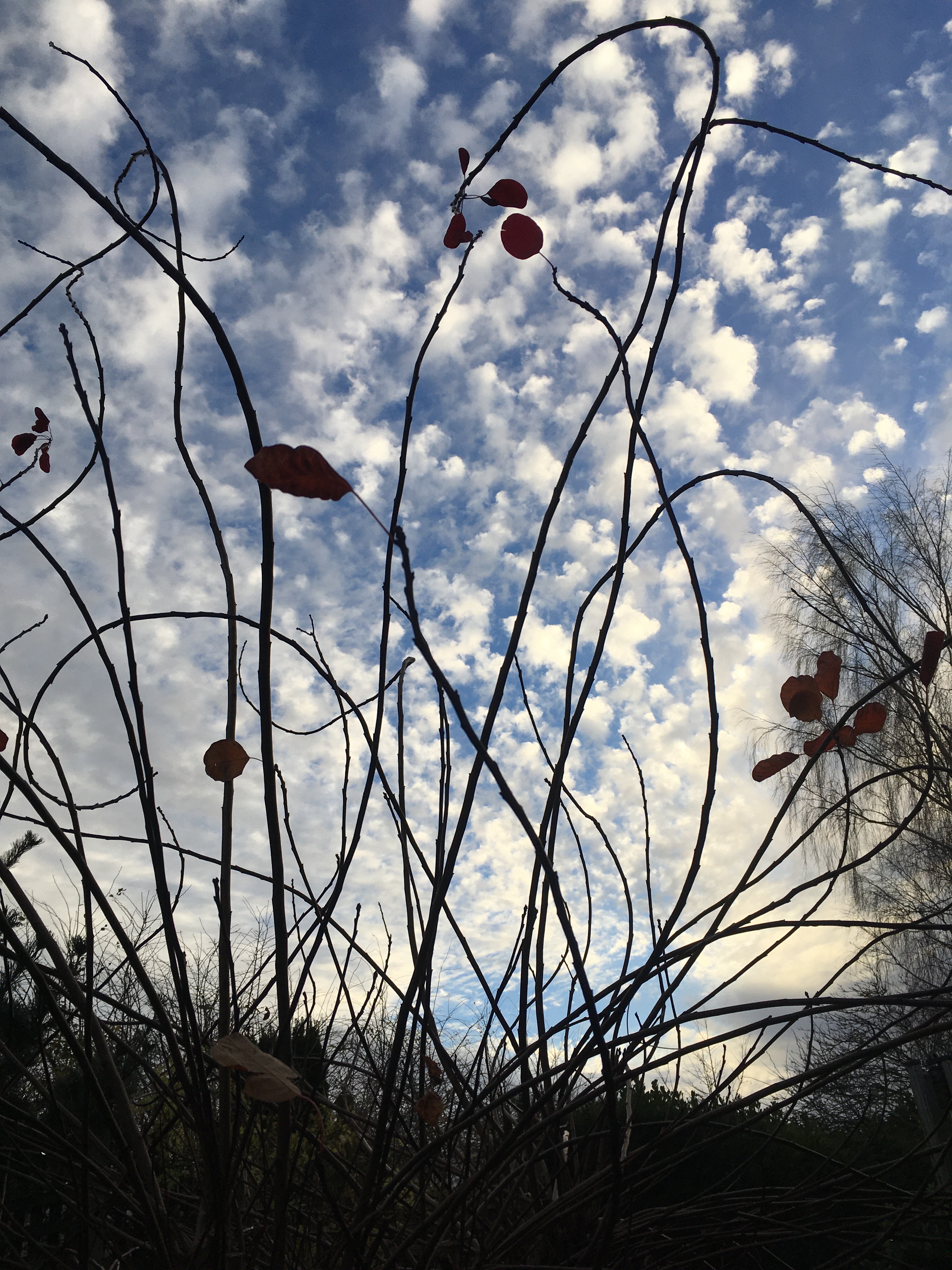
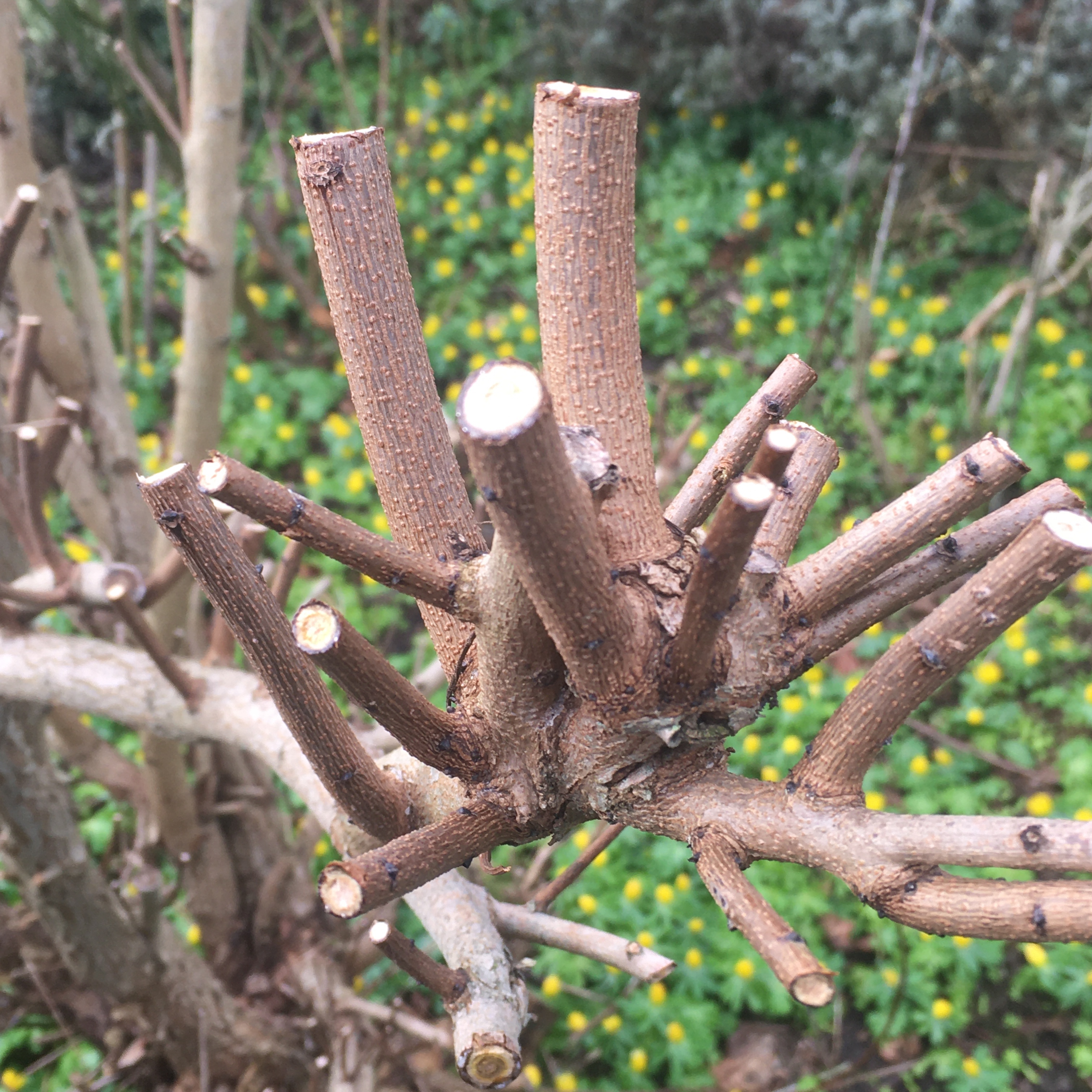


4. Rudbeckia hirta Sahara sunset
I knew I would have a rudbeckia in my collection, but which one would it be ?

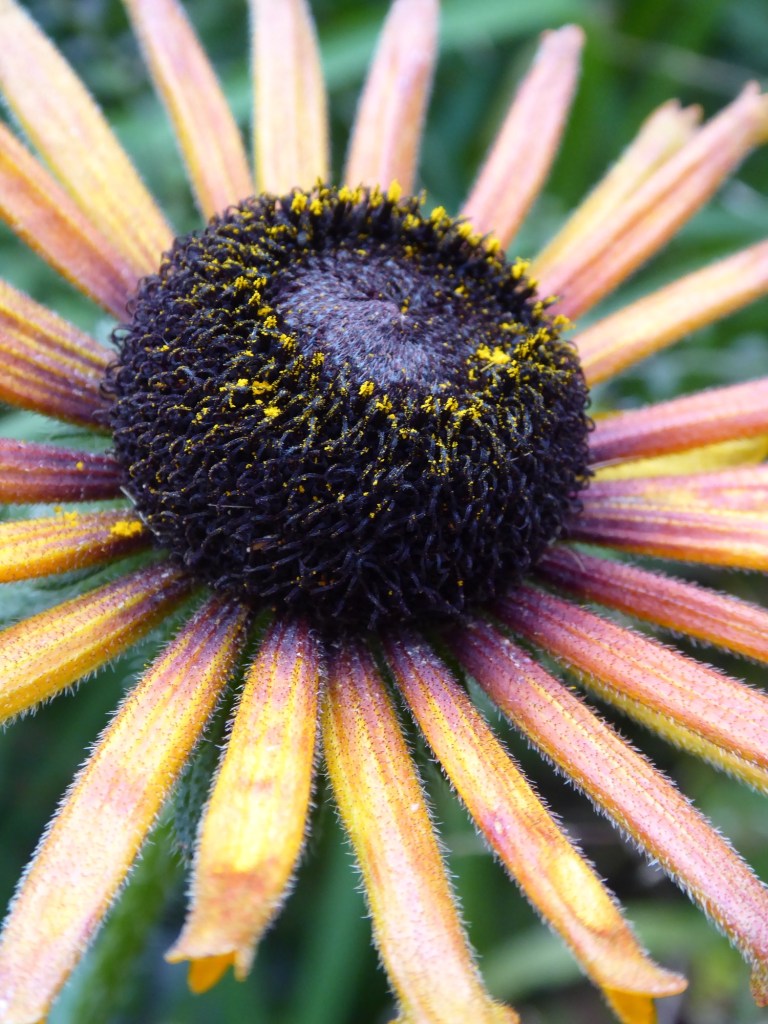



Rudbeckia herbstonne, Rudbeckia maxima, Rudbeckia Prarie Sunset, Rudbeckia Rudbeckia chim chiminee , Rudbeckia Henry Eliors. or Rudbeckia hirta Sahara , it really could have been any of them. However , it could only be one, and the deciding factor was that with Sahara, which I grow from seed most years, you never know what colours you will finally have flowering in the garden when you open the packet . Whereas with all of the others it is more of a done deal , and you know right from the outset as to the eventual colour . Watching the flower heads form on Sahara, is exciting as the eventual colours are a stunning surprise, and remind me of a John Singer Sargent painting, as the petals remind me of the the folds of the silk cloth in a Sargent painting. Sahara petals billow over each other in an elegant and confident manner. This plant possesses swagger, and stops you in your tracks to admire their exquisite flowers, and that’s why they are in my top five. Images below of Rudbeckia hirta ‘Sahara’


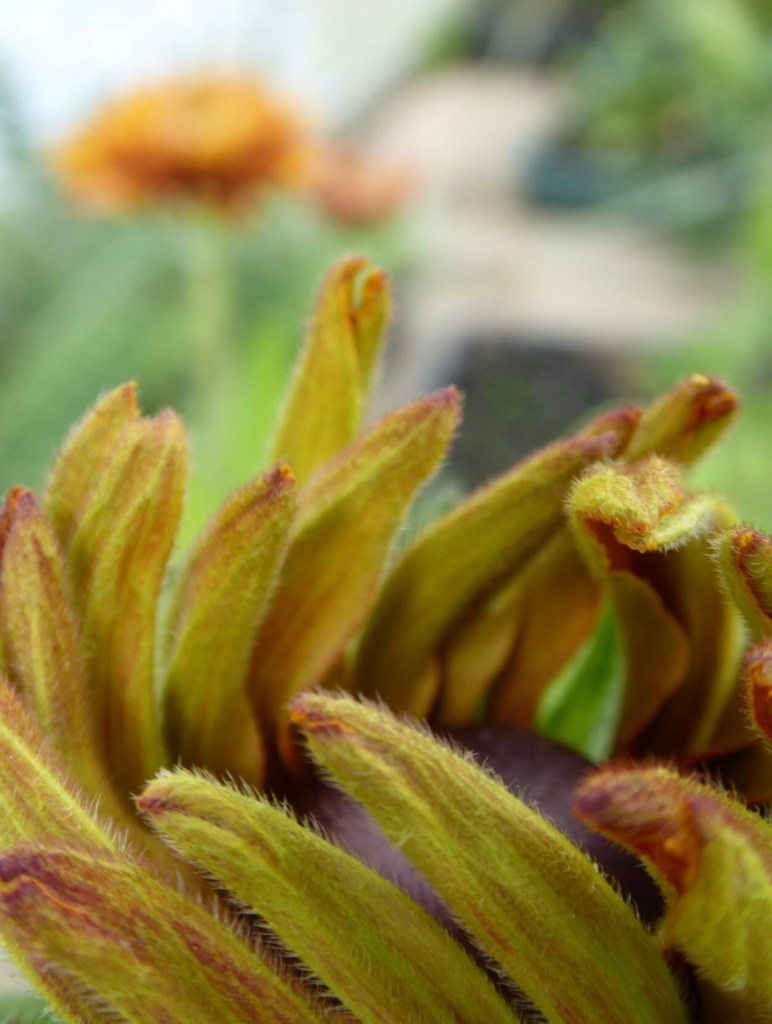


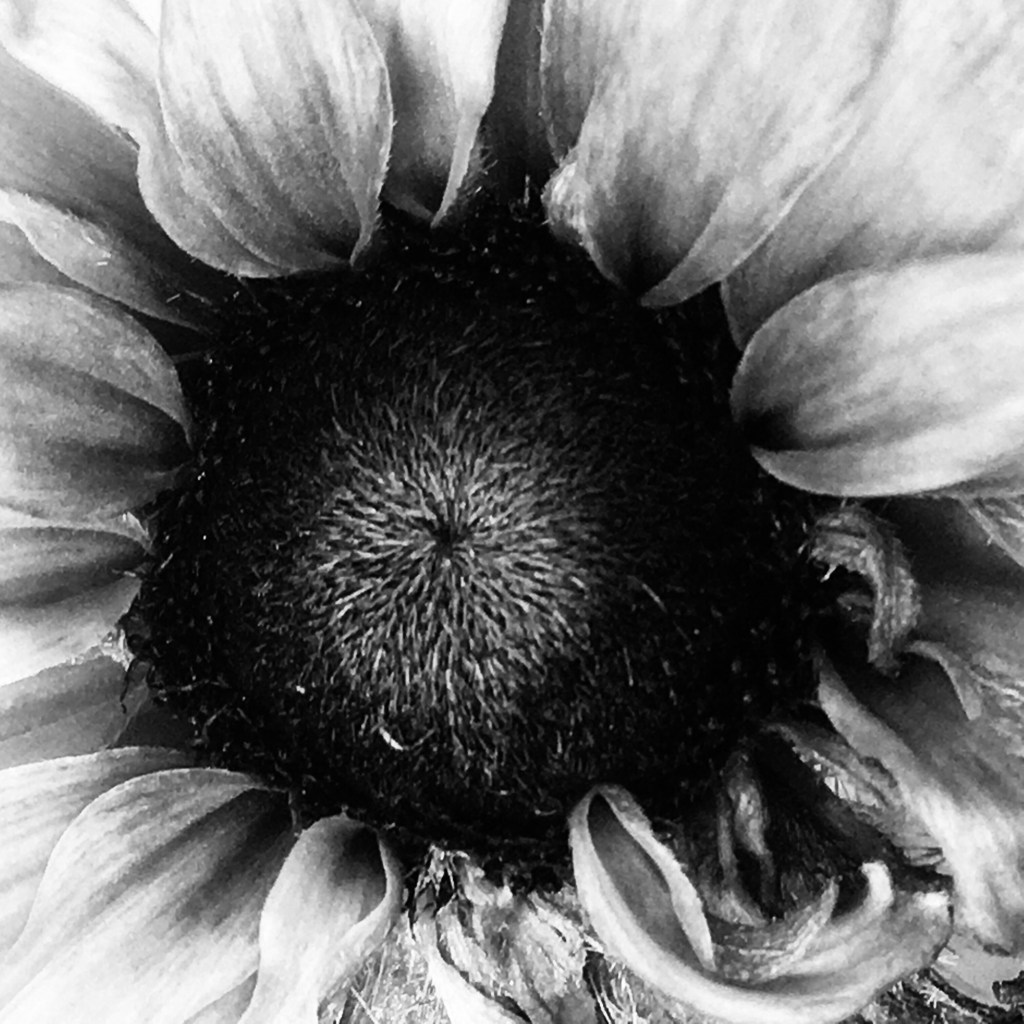

5. Fritillaria imperialis William Rex
When I started working in Geoff’s garden, it took four weeks to get back to the same point. I had seen this plant four weeks previously, and at that point I could tell by their foliage that they would be a Fritillaria. However when I saw these in flower , I really had no idea what the cultivar was . They were extraordinary and quite outrageous in their colour, and so tropical looking, and they were looking resplendent in the garden border . It really was quite a surreal experience . There I was in rural Shropshire, and I felt like I had been transported to a tropical jungle. I will never forget these plants stopping me in my tracks, and making me laugh out loud ( and no plant has ever done that since ) and so that’s why it is in my top 5. I planted some at home and teamed them up with Tulip El Niño, one of my friends seriously thought as she had never seen anything like , asked if they were made from plastic. Which again, made me laugh a great deal .



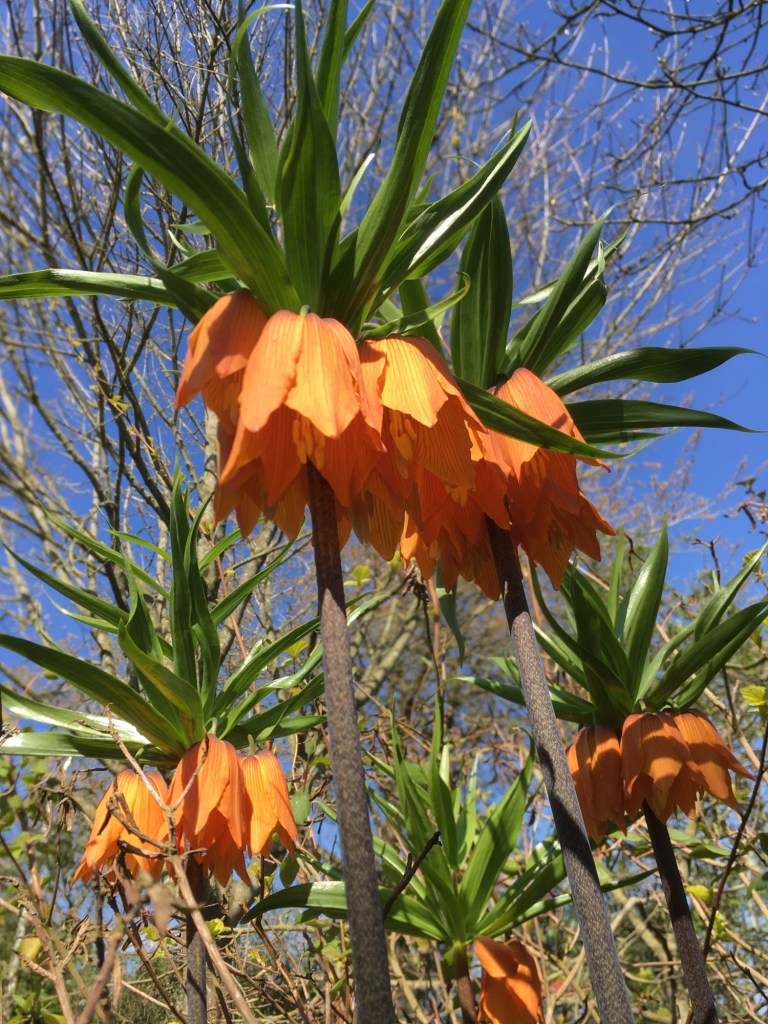

What an extraordinary plant Fritillaria imperialis William Rex is . I am not partial to the yellow ones, or when I just see one or two by themselves in a planting scheme. They need to be en masse.
Top Book
I have a great range of books, I still have the first gardening book I ever bought, it was a year round gardening book, with practical jobs to do every week. It was a revelation at the time , that I could undertake a gardening related job right throughout the year. In my twenties, I thought gardening closed down over winter … in fact it really is the most productive time of year for work for me now.
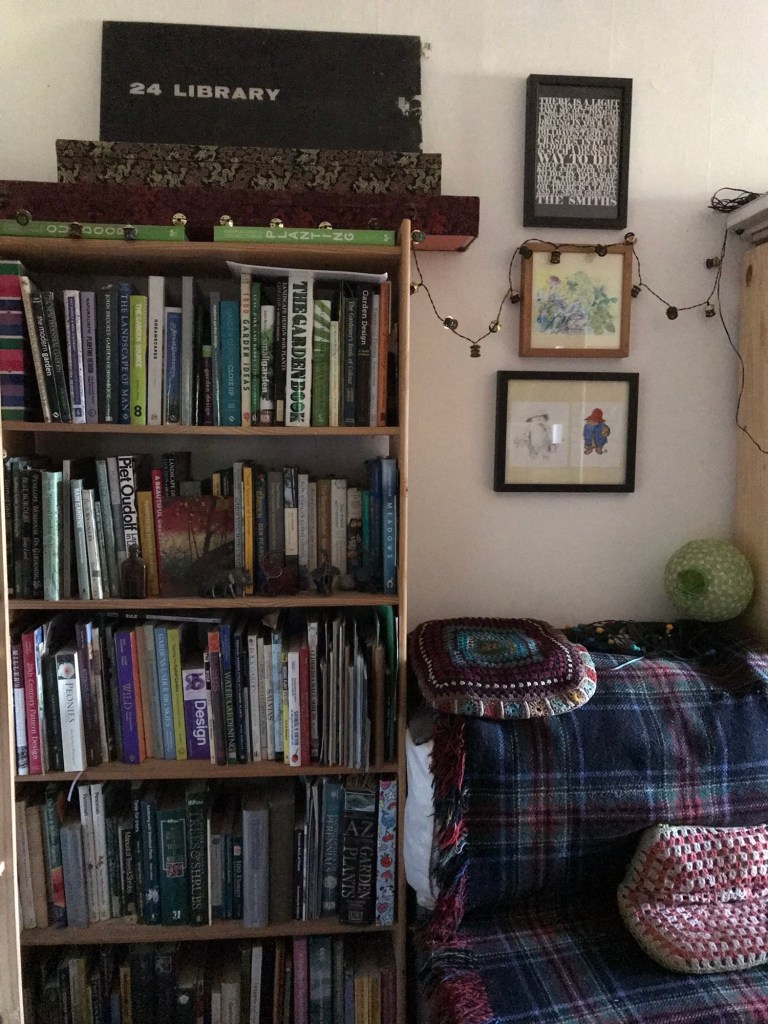

My chosen book is a timeless design classic, that is as full of wonderous design ideas, plants and landscape images as when it was new over twenty years ago .
Top Tool

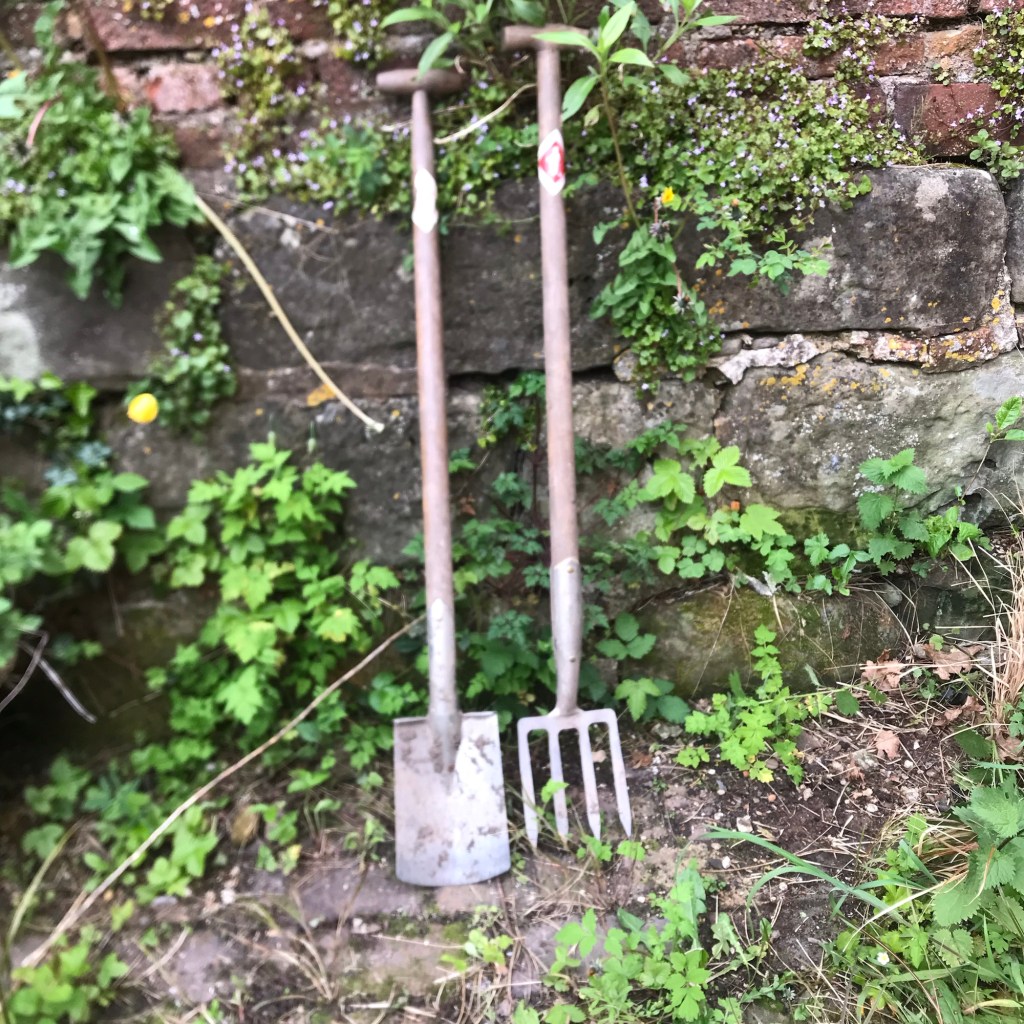


Like many gardeners, I have some excellent tools, my tobisho secateurs, hori hori, and hand forged border spade and fork are never far away from me when I’m working . They are beautiful as they are tough . I actually get quite annoyed, when I don’t pack them for work , as no other gardening tool quite hits the mark as these tools . Having said all this my favourite tool is my Haws watering can. “ I disagree “said one of my friends “ how can a watering can be your top tool ? “ It is really quite simple , yes the other tools mentioned are of the highest quality, and I can rely on them for sharpness and strength. However I had wanted a haws watering can for years . I thought I had dropped sufficient hints at Christmas and birthdays to John and Freya (obviously not ). Then a customer very kindly gave me some money for a Christmas present, and the tool , I have wanted to own for ages , was suddenly mine. They are beautiful in their design, they have the finest rose for watering seedlings. If gardening really is not your bag you won’t get this, but it makes me feel really happy , as I know the pressure of the water falling on the seedlings and young plants is perfect and won’t damage them. I have had some really poor quality plastic watering cans that go brittle and split over the years, and then the rose leaks, so you end up send it off to the tip, probably to land fill . I know this watering can is for life, so that’s why it is my favourite tool.
I am coming to the end of this blog, so I hope you have enjoyed my plants, and other two choices .
I find it really quite interesting, as the five plants I eventually chose, in reality could make a rather beautiful planting combination. I really would be very content sitting in a low slung chair , under the canopy of a Cotinus , with a border of Anemanthele , with Rudbeckia growing through. Tall spires of Tithonia would look so sharp against the Cotinus foliage in summer, just imagine how vibrant it would all look in autumn. And not forgetting William Rex to kick it all off into blazing colour in spring.
As a gardener, I really do feel that we should and can make a difference to peoples gardens. I look after my piano teachers garden, a few years ago Julia made me laugh, as she thanked me about how flowery it had all become since I had started gardening for her. Basically her previous garden had cut most things to shape , at the cost of any flowers.
And finally, gardens have a major role to play in our health and happiness. So let’s get planting, and let’s also leave more native plants in, we could and maybe we should all partake in a bit of native guerilla gardening in our garden borders .
Over the years while I worked for my friend Geoff, we initially use to walk around the garden talking about farming , weather and life , and as the years rolled on our conversations continued about farming, weather and life, but we gradually started talking about his wonderful garden. But, the best thing was when Geoff started planting up the containers at the front of his house with summer bedding. This had been something his wife Mary had done for years, and Geoff felt it was time to start again. They looked fabulous , all pink begonias and orange marigolds. I never took an image of them , I didn’t need to though. They were just perfect .
happy gardening to you all.


Fantastic Sally, I hope I can see on catch up as out tonight . Although second thoughts I think you start at 6.
Lxxx
LikeLiked by 1 person
That’s fantastic, Sal.
LikeLiked by 1 person